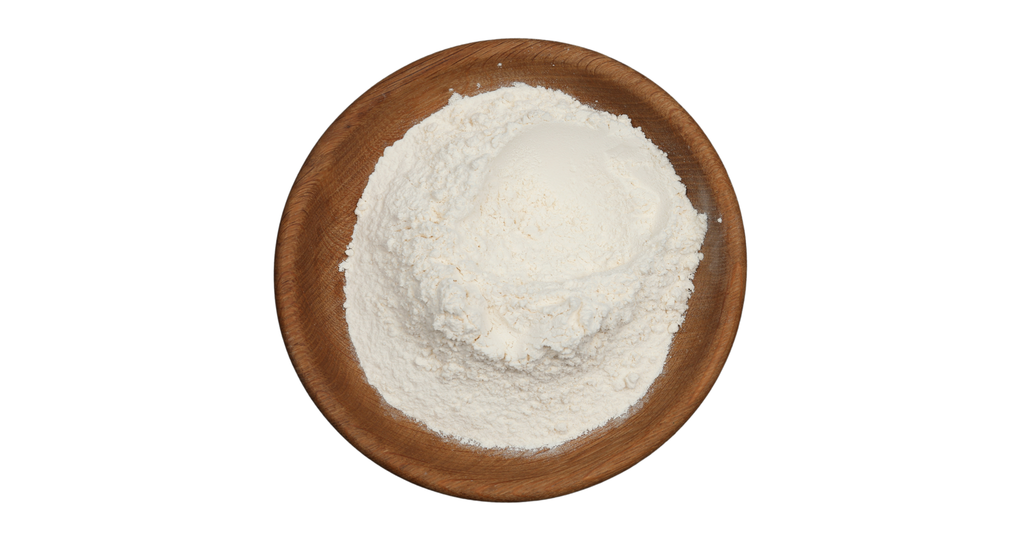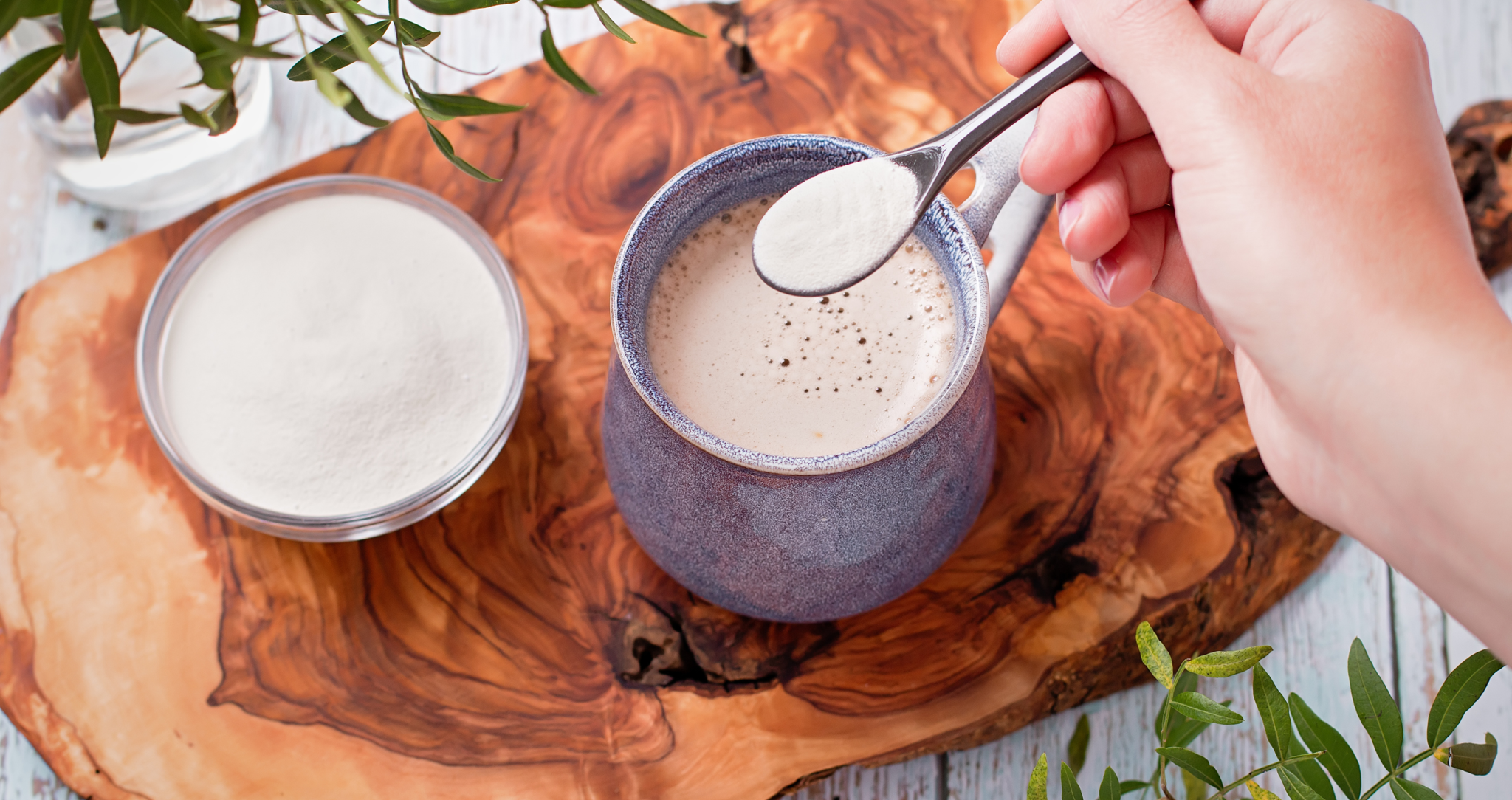
The word "Collagen" comes from the Greek word "kolla", which means adhesive, and the suffix "gene", which means to form - that is, the substance that forms the adhesive. This makes good sense because collagen binds to our tissues. Collagen is composed of three tightly interwoven protein fibers and can be more or less mineralized, depending on the collagen's location in the body. Collagen is characterized by its relatively high content of a special amino acid – hydroxyproline.
Collagen is one of the most important proteins in the body and makes up no less than 30% of the body's total protein. There are 28 different types of collagen in the body, but types I, II and III collagen make up the majority of the body's total collagen. But what are the differences between these types of collagen?
Type I Collagen
Mainly found in skin, tendons and connective tissue. In recent years, collagen has become increasingly associated with maintaining youthful and elastic skin. Regarding beauty care, we must talk about type I collagen. Type I collagen is concentrated mainly in the skin, but it is also found in blood vessels, tendons and other types of connective tissue. Like other types of collagen, type I collagen is naturally produced in the body. But from age 30, the body's collagen production begins to decline. This causes the skin to become less elastic and wrinkles appear on the skin. At the same time, reduced collagen production can lead to cellulite. Most of the skin's collagen is found in the dermis – known in Danish as leather. The skin is below the epidermis and therefore it will be difficult for the skin to absorb beauty care products applied externally.
Therefore, it is better to digest collagen than to apply it to the skin.

Collagen type II
Mainly found in cartilage.
Type II collagen is the most abundant type of collagen in the body's cartilage. Here, it contributes to cartilage structure, flexibility and strength. Cartilage can be found in the ears, nose, ribs, and joint cartilage. As we age, cartilage wears down, especially in our joints because we use it every day. At the same time, collagen production also decreases.
Collagen type III
Mainly found in connective tissues, organs, muscles and blood vessels.
Type III collagen is found in many of the same places as type I collagen and is also found in organs, muscles, and blood vessels.
Collagen in foods protects health
Collagen in dietary supplements can be in its undenatured form, i.e. in its original form as a three-strand protein, or in the form of hydrolyzed collagen, where the structure has been broken down – also known as gelatin. When undenatured type II collagen is used as a dietary supplement, it travels more or less unchanged through the first part of the digestive tract and reaches certain areas in the small intestine – known as Peyer's patches and are part of the immune system. Here, it is "recognized" as a naturally occurring ingredient in the body that the immune system does not react to.
Hydrolyzed collagen in health foods is broken down into shorter chains of amino acids (peptides) - using acids, bases or enzymes and is therefore available to the body. Although collagen is found in many foods, only a small amount is absorbed by the body. Collagen from food is often difficult to digest and therefore cannot be used by the body. However, there are exceptions in the form of long-cooked soups cooked on bones (bone broth) or foods with indoor air, for example fruit wines, cheeses and puddings.
When collagen is included in health foods, it is extracted from animal sources, then the extraction process is controlled using technology. The structure of animal collagen is similar to human collagen. When hydrolyzed collagen is used in health protection foods, it has the following uses:
- Reduce wrinkles
- Reduces orange peel skin
- Increase skin elasticity
- Improve skin structure
Undenatured type II collagen is often added to health foods, where the active ingredients support cartilage and joints.




